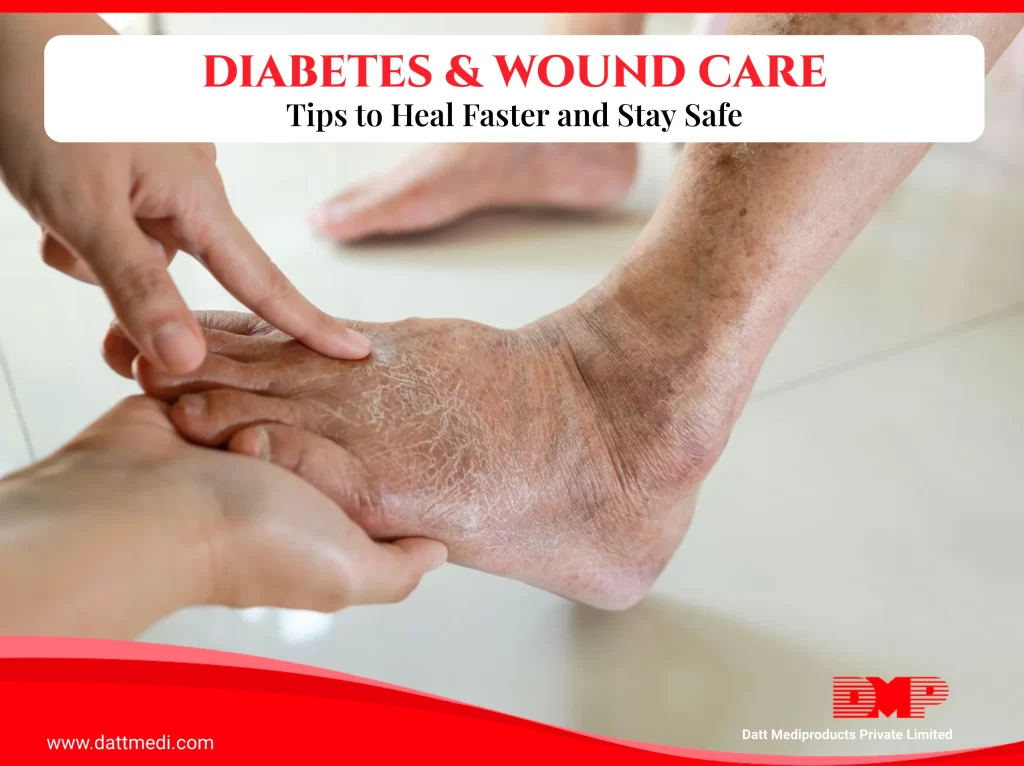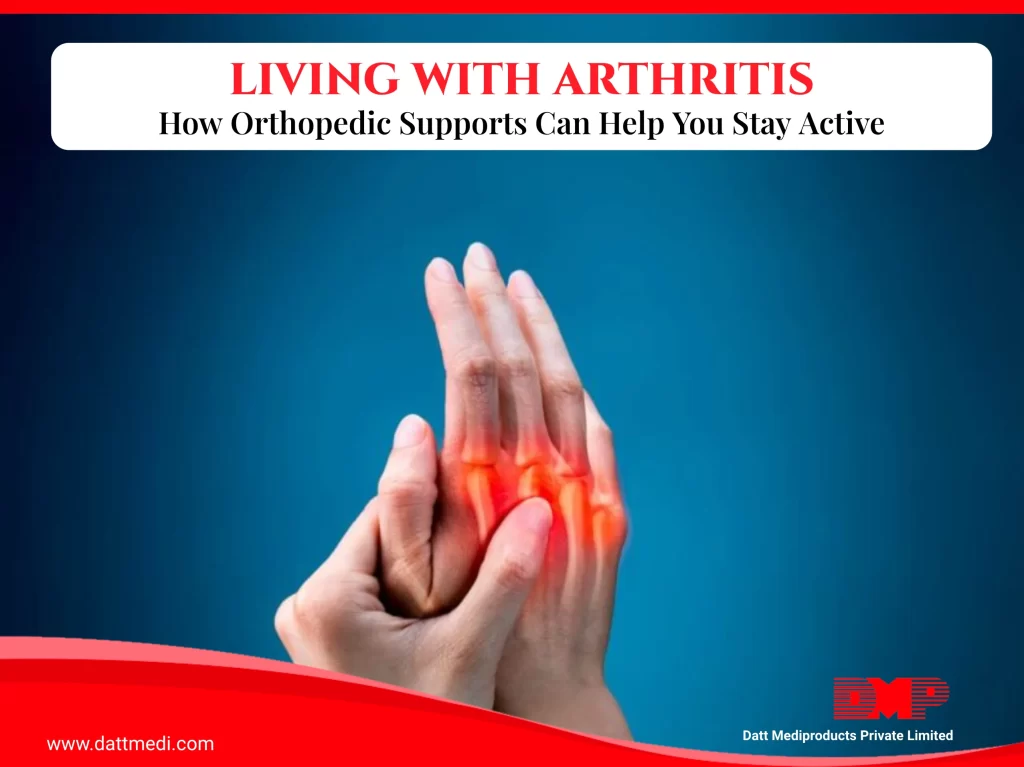
Chronic wounds are wounds that fail to heal within the expected time frame, typically lasting more than four weeks. They can arise due to underlying conditions such as diabetes, prolonged pressure, or venous insufficiency. Common types include diabetic ulcers, bed sores, and venous leg ulcers.
Managing chronic wounds presents significant challenges, including a high risk of infection, slow healing, and patient discomfort. The right dressing plays a crucial role in creating an optimal healing environment, reducing complications, and improving patient outcomes.
Types of Chronic Wounds and Their Dressing Needs
Diabetic Ulcers
- A Diabetic foot ulcer is a debilitating complication of diabetes mellitus. It refers to an open sore or wound, commonly developing on the feet of people with diabetes.
- Require moisture balance, infection control, and non-adhesive properties to protect fragile skin.
Bed Sores
- Bed sores are ulcers which usually develop gradually on the skin and the tissue underneath. Occurring mostly in bed ridden patients, bed sores arise on the skin covering bony areas of the body such as hips, back, tailbone, etc.
- Demand dressings that redistribute pressure and effectively manage exudate to prevent further skin breakdown.
Venous Leg Ulcers
- Venous leg ulcers are chronic wounds affecting mostly older adults. They primarily result from prolonged venous insufficiency, which leads to tissue breakdown in lower extremities.
- Benefit from a combination of compression therapy and absorbent dressings to address venous insufficiency and excessive fluid.
Infected Chronic Wounds
- Chronic infected wounds are those wounds that do not even start to heal after 4 to 12 weeks despite treatment. They develop due to poor blood circulation, weak immune system or co-morbid conditions such as diabetes.
- Require antimicrobial dressings to manage bacterial load and prevent further complications.
Key Dressing Options:
VEL NeXT™
- Designed specifically for chronic wounds, including diabetic ulcers, burns, necrotizing fasciitis, and venous ulcers.
- Promotes faster wound healing while maintaining an optimal moisture balance.
Velvert®
- A secure antimicrobial dressing with excellent moisture management.
- Ideal for wounds at high risk of infection, including diabetic ulcers and chronic wounds.
Silvel™
- Features nano-crystalline silver for strong antimicrobial action.
- Features silver for strong antimicrobial action.
- Suitable for infected or high-risk wounds, particularly bed sores.
Velsap™
- Designed for moderate to heavily exuding wounds.
- Provides effective fluid management, reducing the need for frequent dressing changes.
How to Choose the Right Dressing?
Selecting the right dressing requires a comprehensive assessment of several factors:
- Wound Type: Identify whether the wound is a diabetic ulcer, pressure sore, or venous ulcer.
- Exudate Levels: Choose absorbent dressings for heavily exuding wounds and moisture-retaining options for dry wounds.
- Infection Status: Use antimicrobial dressings for infected or high-risk wounds.
- Patient-Specific Considerations: Factors such as mobility, skin sensitivity, and underlying health conditions must be considered.
Healthcare professionals play a crucial role in guiding dressing selection based on individual wound characteristics and patient needs.
Additional Tips for Chronic Wound Care Management
- Proper Cleaning & Debridement: Keeping the wound clean and removing dead tissue enhances healing.
- Regular Monitoring & Dressing Changes: Assessing the wound regularly and changing dressings at the right intervals prevent complications and ensure steady healing.
Chronic wounds require tailored solutions to support healing and prevent complications. Choosing the right dressing—ensures optimal wound care and faster recovery.
Explore our advanced dressing solutions today and find the best option for your wound care needs!




